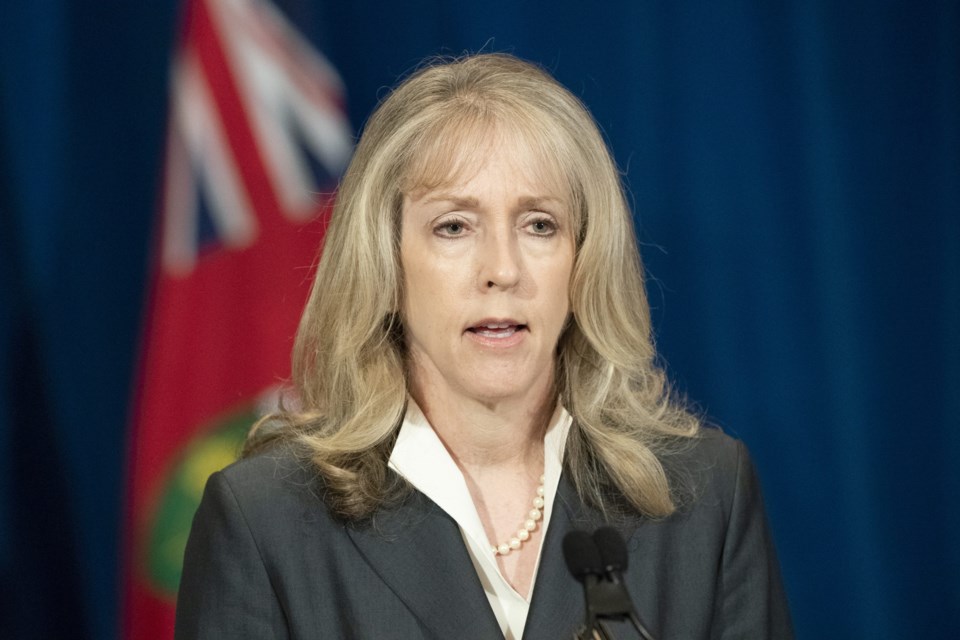Youth in Ontario's child welfare system will soon see a new support network with more services and money to help them better prepare for life outside the system.
They'll also be able to stay in the system until they're 23, up from 21, as the government moves to enshrine a temporary change made during the pandemic.
Children, Community and Social Services Minister Merrilee Fullerton recently announced a new $68 million program dubbed "Ready, Set, Go" that will see children's aid societies provide kids with training in financial literacy, resumé building, and more.
Direct payments to young adults, which are based on age and start at 18, will also go up. Eighteen-year-olds will get $1,800 a month, 19-year-olds will get $1,500, 20- and 21-year-olds will get $1,000, while 22-year-olds will get $500.
Those still in the child welfare system at 21 can also work up to 40 hours per week at Ontario's minimum wage, currently $15.50 per hour, without clawbacks. If they're in a post-secondary program, skilled trade training program, or apprenticeship, they'll get an additional $500 per month.
The new regulations associated with the program require children's aid societies (CAS) to start providing the first stage of the post-care planning process at 13. The ministry will require CAS to take into account factors like the child's health, education, identity, familial and social relationships, emotional and behavioural development, and self-care skills when drafting the plan.
At 15, a more formal planning process begins. The child will be offered the opportunity to participate in a conference with services providers and people important to the child, "with the child at the centre of the process." It's also required to take into account the child's cultural identity, and provide resources to address that. For example, the CAS will have to consult with a band if the child is Indigenous.
Follow-up conferences depend on the needs and wants of the child, their caregivers, and other relevant people.
At least three months before they turn 18, they'll get an information package on the aging out process. The CAS will also be required to ensure all the previous steps have been taken and documented.
The regulations are open for comment until the end of February.
Between 18 and 23, there will be a more formal support system on top of more money, and education and training opportunities. The CAS and social workers will have to regularly meet with the child to draft a post-welfare system plan
Under current law, children's aid societies provide services, both financial and non-financial, to youth from the age of 18 to 21 under the Continued Care and Support for Youth program. During the pandemic, the province issued a temporary moratorium on youth aging out of care that expires at the end of March.
The new regulations would extend that continued care age to 23.
“Children and youth in the child welfare system face additional barriers throughout their lives,” Fullerton said in a press release. “Our government is enhancing the way youth leaving care are supported so they can access the same opportunities as their peers. The Ready, Set, Go program will help youth get the skills they need to build a brighter future for themselves.”
The new program, regulations, and policy directive "were a result of years of advocacy by young people in and from care," said Irwin Elman, Ontario's former child advocate, in an interview with The Trillium.
"Changing the system fundamentally, including extending the age at which young people leave care was a key recommendation of the Youth in Care Hearings," he said.
"Finally, the ministry is recognizing that it's important to build independence in children early on, not when they're asked to leave home," he said.
Several advocates lobbied the provincial government to install the pandemic moratorium, and "agreed that once the pandemic subsided there should be no going back to what was normal," he said. "They argued for a readiness-based system with no aging out."
While Elman welcomed the changes as a good step, he still has some reservations, particularly around the notion of "aging out" of the system at all.
It shouldn't be based on age, he argued. Instead, it should be based on the individual's estimation of whenever they're ready to leave the system.




